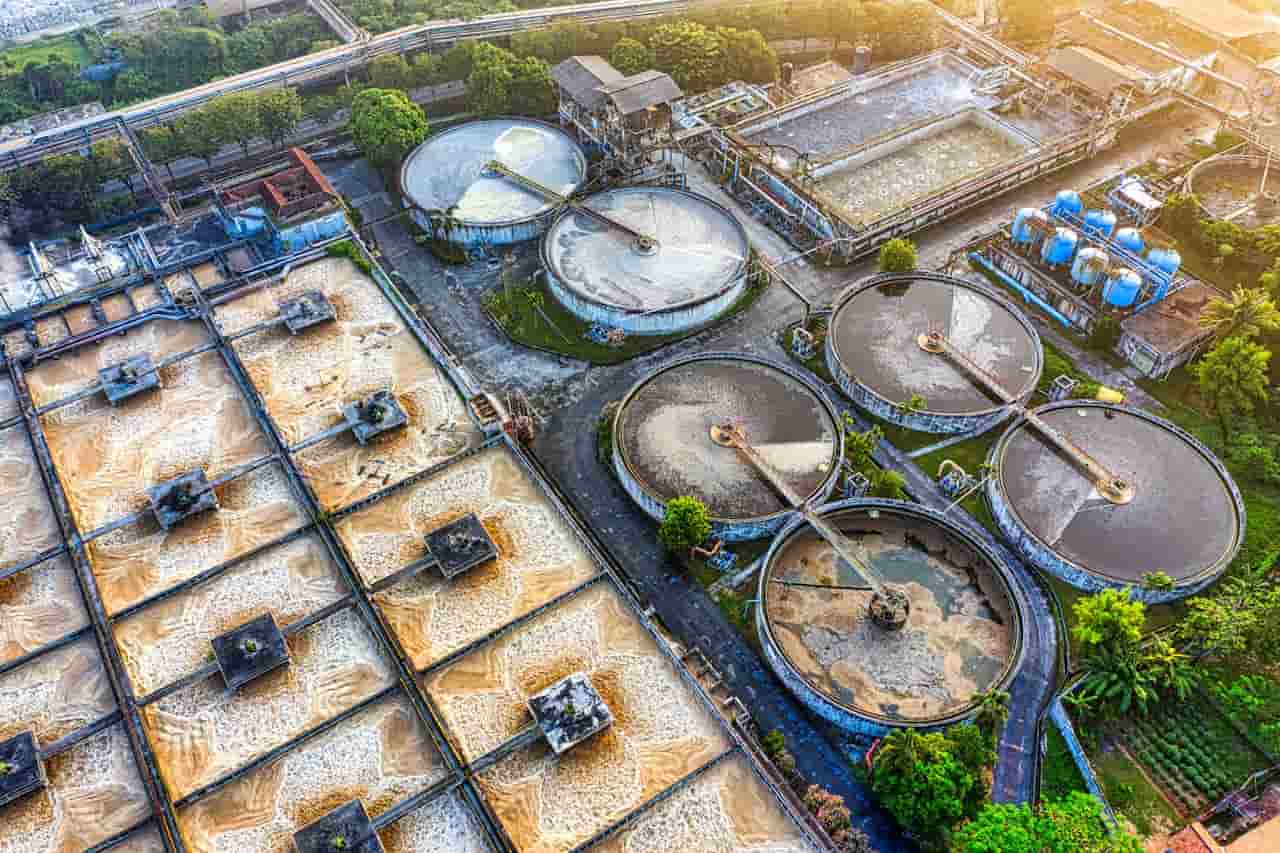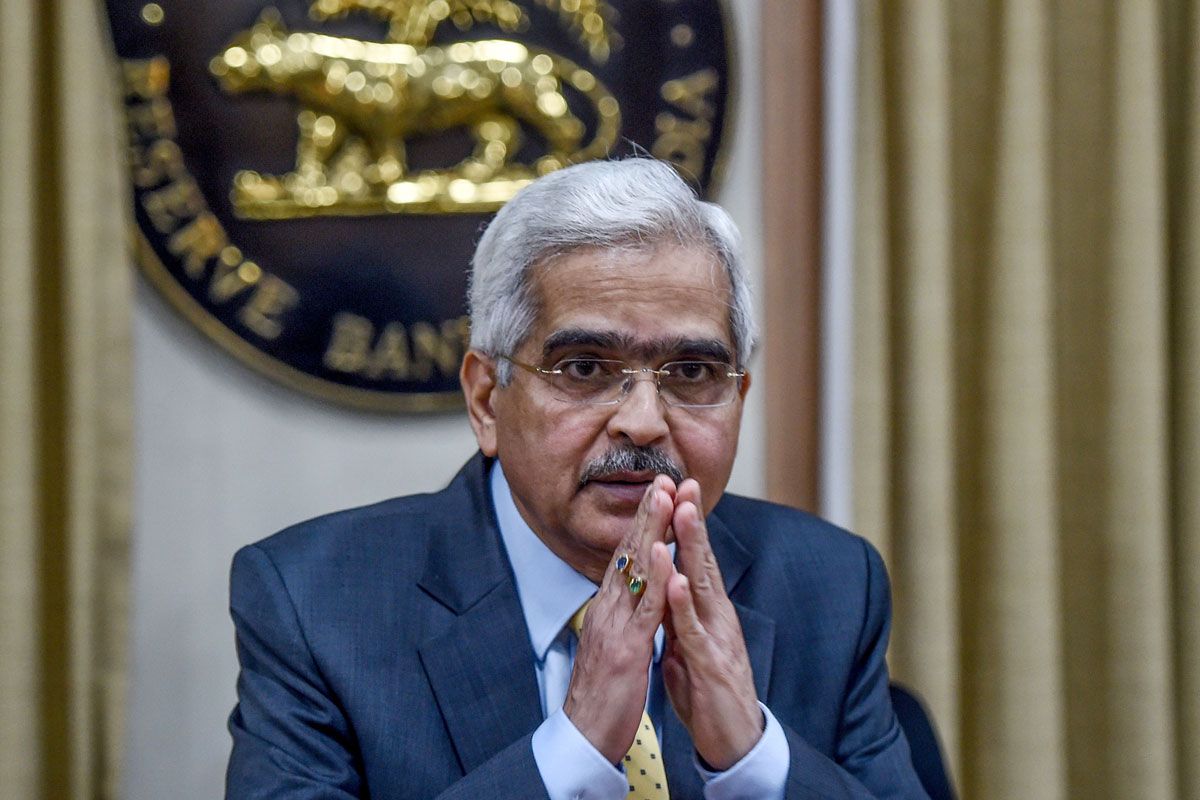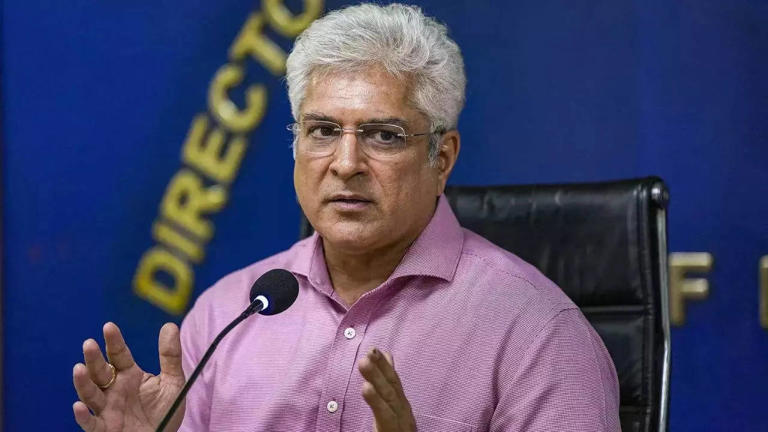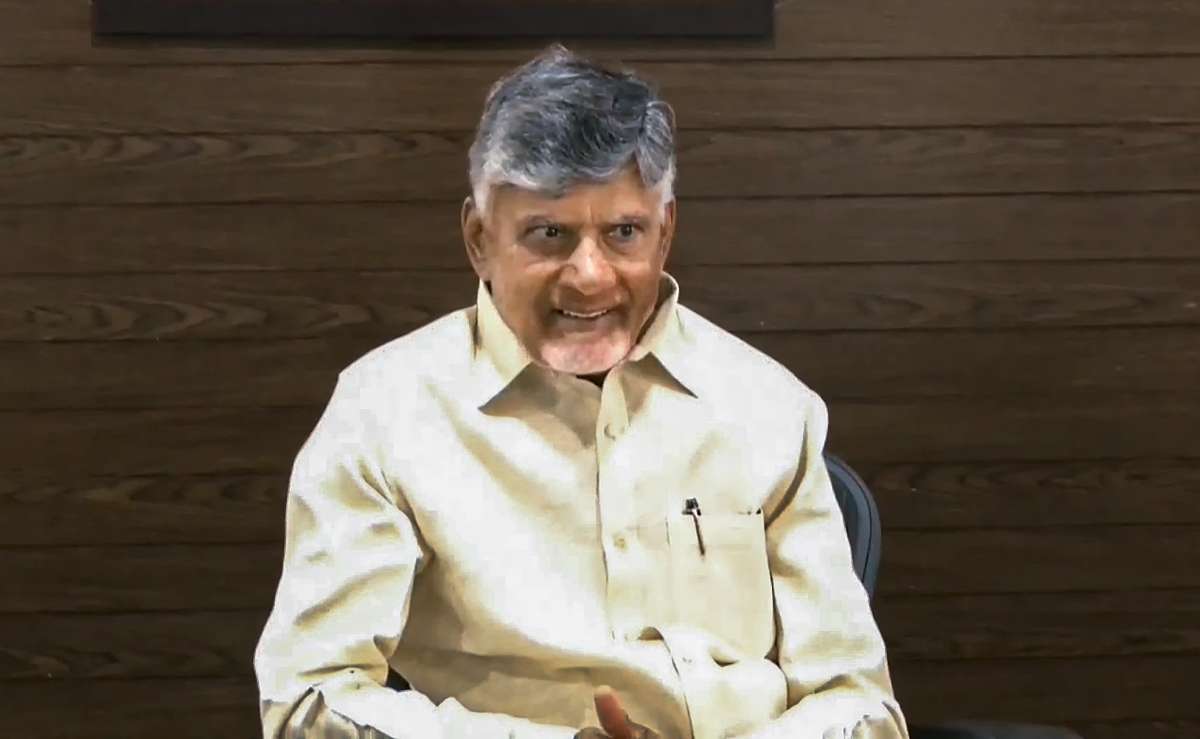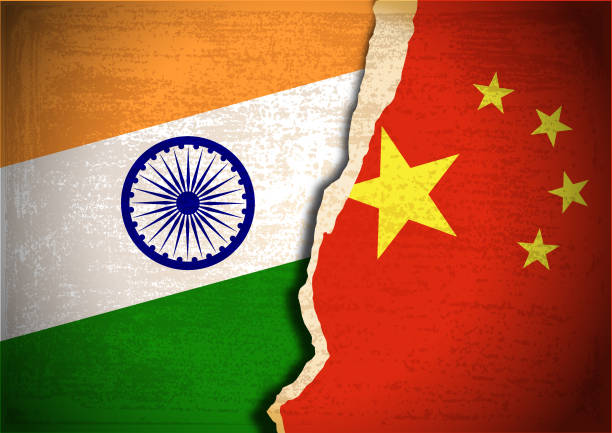Home / festivals / Kumbh Mela: The World's Largest Religious Gathering Begins in Prayagraj
Kumbh Mela: The World's Largest Religious Gathering Begins in Prayagraj
By: My India Times
4 minutes read 29Updated At: 2025-01-15
.webp)
The Kumbh Mela, often described as the world's largest religious gathering, has officially commenced in Prayagraj, Uttar Pradesh. This iconic event, held once every 12 years, draws millions of pilgrims, saints, and tourists from across the globe. Over the next 45 days, participants will gather at the confluence of the holy rivers Ganga, Yamuna, and the mythical Saraswati, a site revered as Sangam. Here, they take sacred baths, believing the waters cleanse sins, purify the soul, and lead to salvation.
What Makes Kumbh Mela Exceptional?
Kumbh Mela transcends the definition of a festival; it embodies the unwavering faith and spiritual cohesion of millions. Celebrated as the largest religious assembly in the world, it has been designated by UNESCO as an Intangible Cultural Heritage of Humanity. Rooted deeply in Hindu mythology, the event's significance lies in the cosmic tale of the gods and demons churning the ocean for nectar (Kumbh). During their fierce battle, drops of the nectar fell on four sacred sites: Prayagraj, Haridwar, Ujjain, and Nasik, turning them into pilgrimage hotspots.
Rotating among these cities every 12 years, the Kumbh Mela becomes a focal point for devotees seeking spiritual cleansing and liberation. In between, a half-Kumbh (Ardh Kumbh) ensures the sanctity of the tradition remains unbroken. This year’s event in Prayagraj holds exceptional importance as planetary alignments echo those of 144 years ago, amplifying the spiritual aura and making it a Maha Kumbh, or "Grand Kumbh."
The Sacred Significance of Sangam
At the heart of Kumbh Mela lies the Sangam—the confluence of three rivers: the holy Ganga, Yamuna, and the mythical Saraswati. Hindus believe this merging of waters represents the union of the divine. Bathing in these sacred waters is thought to cleanse one's soul, absolve sins, and liberate from the cycle of rebirth.
The Sangam is a magnet for spiritual seekers, saints, and pilgrims who travel long distances to experience its transformative energy. Many believe that during Kumbh Mela, the waters are imbued with a celestial purity, heightened by the presence of sages and ascetics. This year, millions will take a holy dip, embracing the timeless promise of spiritual rejuvenation.
A Tent City Like No Other
To accommodate the staggering influx of over 400 million pilgrims, a sprawling tent city covering 4,000 hectares has been constructed on the banks of the rivers. This temporary city is a marvel of planning and execution, with over 650 kilometers of roads, thousands of toilets, and extensive medical facilities. Security remains paramount, with more than 40,000 personnel ensuring a safe experience for attendees.
Despite challenges posed by delayed monsoon recedence, authorities have left no stone unturned to make the festival a success. From uninterrupted power supply to round-the-clock water services, the infrastructure reflects the scale and devotion behind this grand event.
The Allure of the Naga Sadhus
One of the most captivating sights at the Kumbh Mela is the participation of Naga Sadhus, the ash-smeared, dreadlocked ascetics. Known for their austere lifestyle, these holy men embody the essence of renunciation. Their dramatic processions, adorned with tridents, swords, and marigold garlands, exude a mystical aura that draws crowds.
On auspicious bathing days, these ascetics lead the Shahi Snan (Royal Bath), believed to sanctify the waters. Watching the Naga Sadhus plunge into the icy river is a spectacle of devotion and spiritual fervor, symbolizing the eternal quest for liberation.
Astrological Significance of Bathing Days
The timing of Kumbh Mela’s key bathing days is meticulously determined by astrologers based on the alignment of planets and constellations. Each date carries unique spiritual significance, believed to amplify the purifying powers of the sacred rivers.
This year, six key dates have been earmarked for bathing, including Makar Sankranti (14 January), Mauni Amavasya (29 January), and Basant Panchami (3 February). The most anticipated day, Mauni Amavasya, is expected to draw over 50 million devotees, making it the peak of the festival’s spiritual fervor.
A Cultural Extravaganza
Beyond its spiritual essence, Kumbh Mela is a celebration of India’s cultural richness. The festival grounds buzz with devotional music, traditional dance performances, and vibrant processions. Camps set up by religious sects and gurus offer free meals, discourses, and a glimpse into India’s diverse spiritual traditions.
The mela is also a hub for artisans, showcasing handicrafts, textiles, and artworks. Pilgrims can immerse themselves in the cultural kaleidoscope, experiencing the confluence of spirituality and heritage.
Overcoming Challenges with Devotion
Hosting an event of this magnitude comes with its share of challenges. This year, delayed monsoon withdrawal left organizers racing against time to prepare the festival grounds. Despite initial hurdles such as incomplete toilets and water shortages, the dedication of over 100,000 workers has ensured a seamless experience for visitors.
Their unwavering commitment mirrors the spirit of the festival itself—a testament to the enduring power of faith and perseverance.
Why Kumbh Mela Matters Today
In an age of rapid globalization, Kumbh Mela stands as a symbol of continuity and tradition. It bridges the past and present, offering a space where millions come together in pursuit of a common spiritual goal. The festival reminds humanity of the enduring values of unity, humility, and reverence for the divine.
....The Kumbh Mela, often described as the world's largest religious gathering, has officially commenced in Prayagraj, Uttar Pradesh. This iconic event, held once every 12 years, draws millions of pilgrims, saints, and tourists from across the globe. Over the next 45 days, participants will gather at the confluence of the holy rivers Ganga, Yamuna, and the mythical Saraswati, a site revered as Sangam. Here, they take sacred baths, believing the waters cleanse sins, purify the soul, and lead to salvation.
What Makes Kumbh Mela Exceptional?
Kumbh Mela transcends the definition of a festival; it embodies the unwavering faith and spiritual cohesion of millions. Celebrated as the largest religious assembly in the world, it has been designated by UNESCO as an Intangible Cultural Heritage of Humanity. Rooted deeply in Hindu mythology, the event's significance lies in the cosmic tale of the gods and demons churning the ocean for nectar (Kumbh). During their fierce battle, drops of the nectar fell on four sacred sites: Prayagraj, Haridwar, Ujjain, and Nasik, turning them into pilgrimage hotspots.
Rotating among these cities every 12 years, the Kumbh Mela becomes a focal point for devotees seeking spiritual cleansing and liberation. In between, a half-Kumbh (Ardh Kumbh) ensures the sanctity of the tradition remains unbroken. This year’s event in Prayagraj holds exceptional importance as planetary alignments echo those of 144 years ago, amplifying the spiritual aura and making it a Maha Kumbh, or "Grand Kumbh."
The Sacred Significance of Sangam
At the heart of Kumbh Mela lies the Sangam—the confluence of three rivers: the holy Ganga, Yamuna, and the mythical Saraswati. Hindus believe this merging of waters represents the union of the divine. Bathing in these sacred waters is thought to cleanse one's soul, absolve sins, and liberate from the cycle of rebirth.
The Sangam is a magnet for spiritual seekers, saints, and pilgrims who travel long distances to experience its transformative energy. Many believe that during Kumbh Mela, the waters are imbued with a celestial purity, heightened by the presence of sages and ascetics. This year, millions will take a holy dip, embracing the timeless promise of spiritual rejuvenation.
A Tent City Like No Other
To accommodate the staggering influx of over 400 million pilgrims, a sprawling tent city covering 4,000 hectares has been constructed on the banks of the rivers. This temporary city is a marvel of planning and execution, with over 650 kilometers of roads, thousands of toilets, and extensive medical facilities. Security remains paramount, with more than 40,000 personnel ensuring a safe experience for attendees.
Despite challenges posed by delayed monsoon recedence, authorities have left no stone unturned to make the festival a success. From uninterrupted power supply to round-the-clock water services, the infrastructure reflects the scale and devotion behind this grand event.
The Allure of the Naga Sadhus
One of the most captivating sights at the Kumbh Mela is the participation of Naga Sadhus, the ash-smeared, dreadlocked ascetics. Known for their austere lifestyle, these holy men embody the essence of renunciation. Their dramatic processions, adorned with tridents, swords, and marigold garlands, exude a mystical aura that draws crowds.
On auspicious bathing days, these ascetics lead the Shahi Snan (Royal Bath), believed to sanctify the waters. Watching the Naga Sadhus plunge into the icy river is a spectacle of devotion and spiritual fervor, symbolizing the eternal quest for liberation.
Astrological Significance of Bathing Days
The timing of Kumbh Mela’s key bathing days is meticulously determined by astrologers based on the alignment of planets and constellations. Each date carries unique spiritual significance, believed to amplify the purifying powers of the sacred rivers.
This year, six key dates have been earmarked for bathing, including Makar Sankranti (14 January), Mauni Amavasya (29 January), and Basant Panchami (3 February). The most anticipated day, Mauni Amavasya, is expected to draw over 50 million devotees, making it the peak of the festival’s spiritual fervor.
A Cultural Extravaganza
Beyond its spiritual essence, Kumbh Mela is a celebration of India’s cultural richness. The festival grounds buzz with devotional music, traditional dance performances, and vibrant processions. Camps set up by religious sects and gurus offer free meals, discourses, and a glimpse into India’s diverse spiritual traditions.
The mela is also a hub for artisans, showcasing handicrafts, textiles, and artworks. Pilgrims can immerse themselves in the cultural kaleidoscope, experiencing the confluence of spirituality and heritage.
Overcoming Challenges with Devotion
Hosting an event of this magnitude comes with its share of challenges. This year, delayed monsoon withdrawal left organizers racing against time to prepare the festival grounds. Despite initial hurdles such as incomplete toilets and water shortages, the dedication of over 100,000 workers has ensured a seamless experience for visitors.
Their unwavering commitment mirrors the spirit of the festival itself—a testament to the enduring power of faith and perseverance.
Why Kumbh Mela Matters Today
In an age of rapid globalization, Kumbh Mela stands as a symbol of continuity and tradition. It bridges the past and present, offering a space where millions come together in pursuit of a common spiritual goal. The festival reminds humanity of the enduring values of unity, humility, and reverence for the divine.
By: My India Times
Updated At: 2025-01-15
Tags: festivals News | My India Times News | Trending News | Travel News
Join our WhatsApp Channel











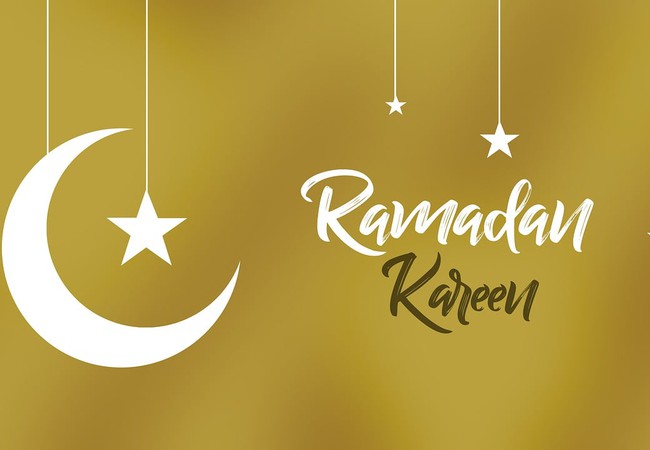

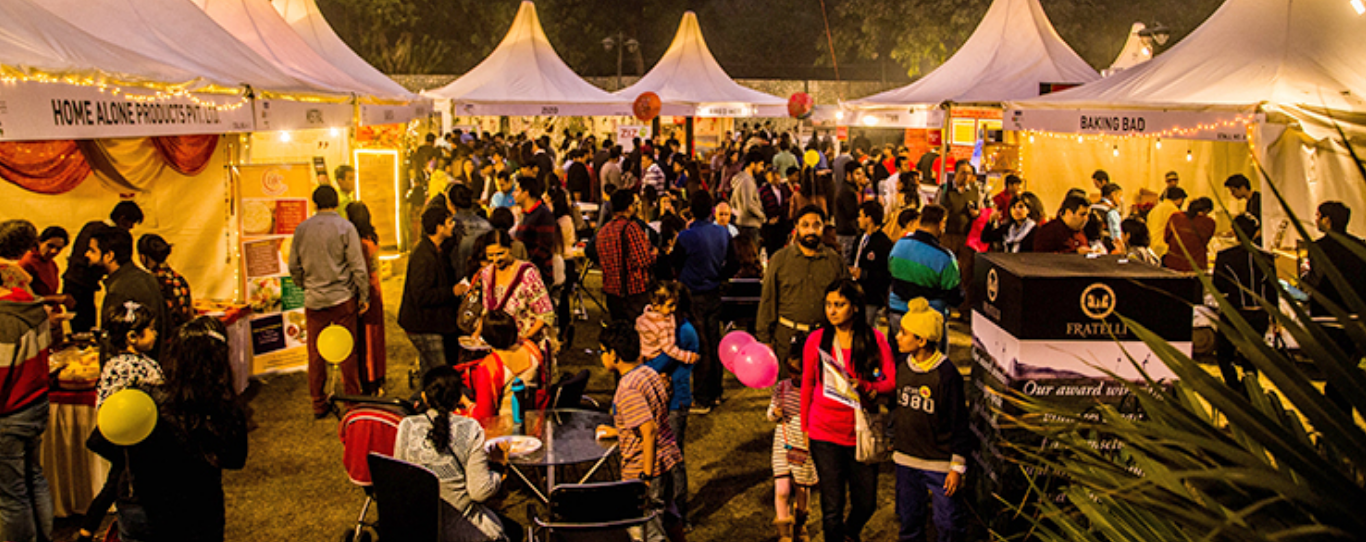
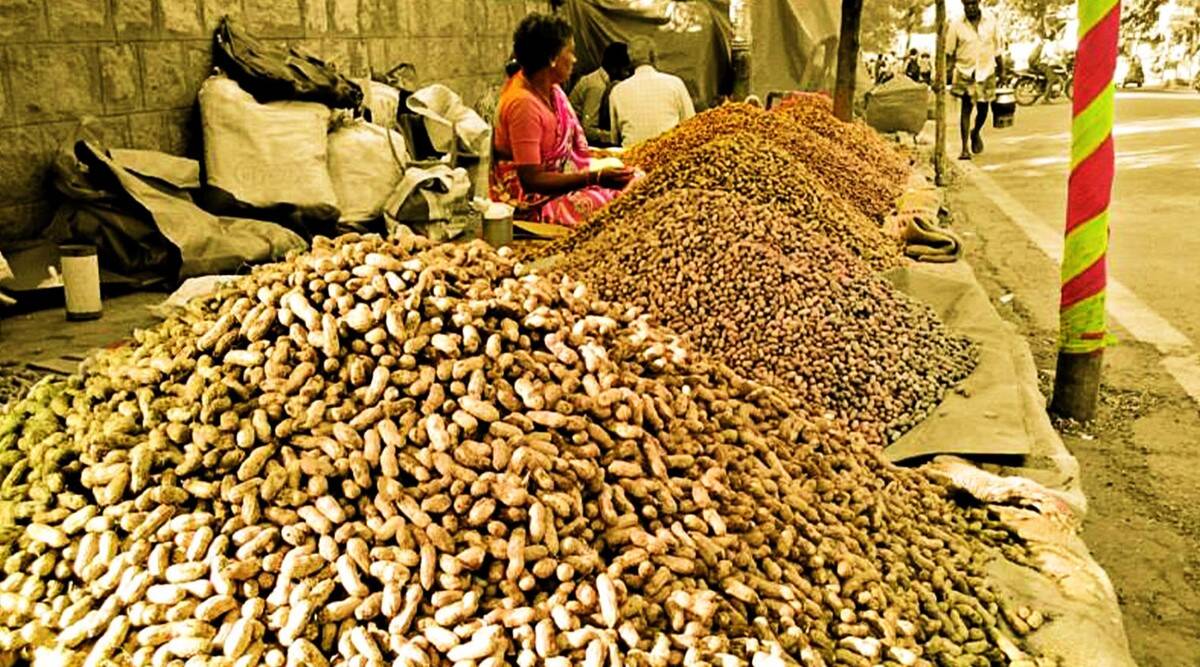


















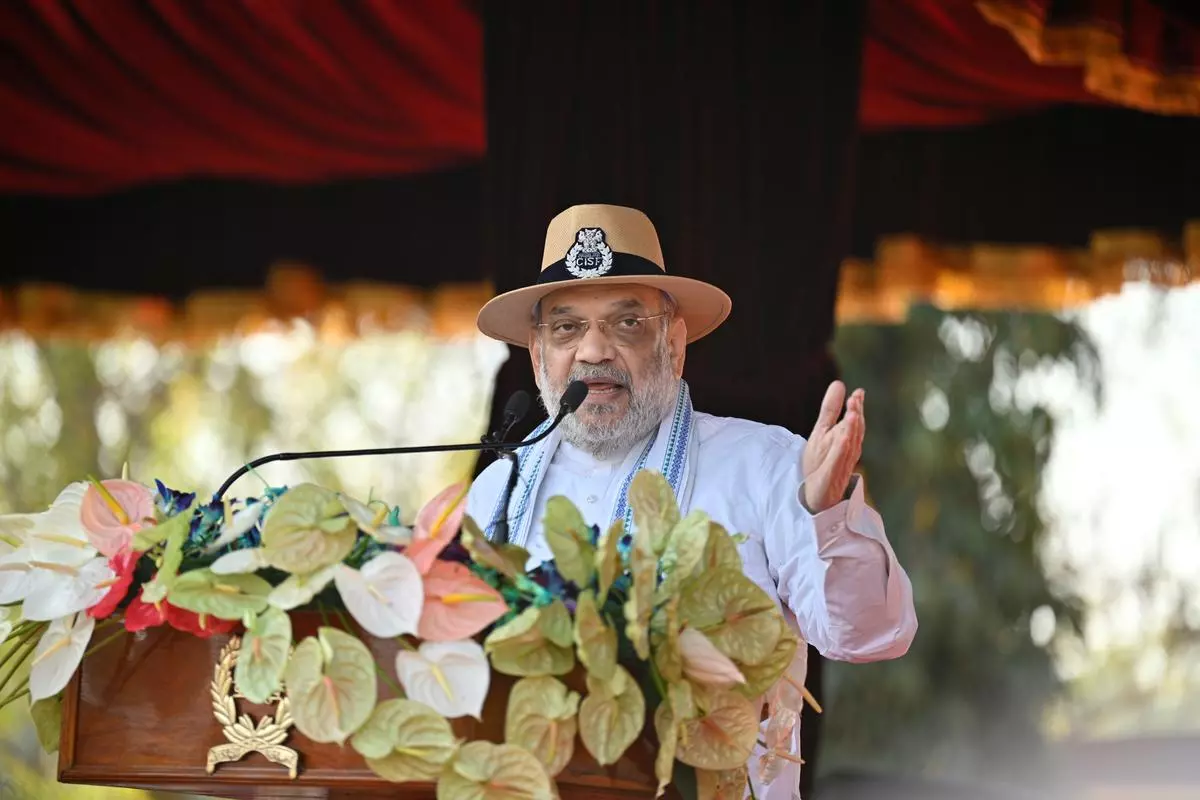





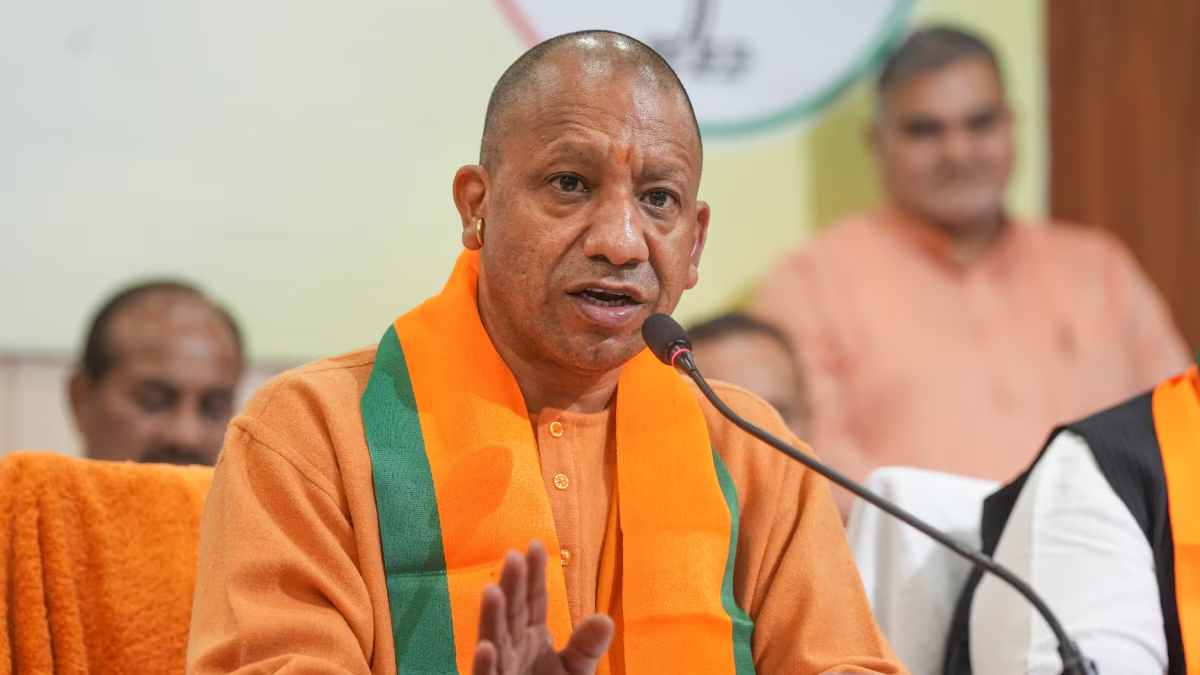




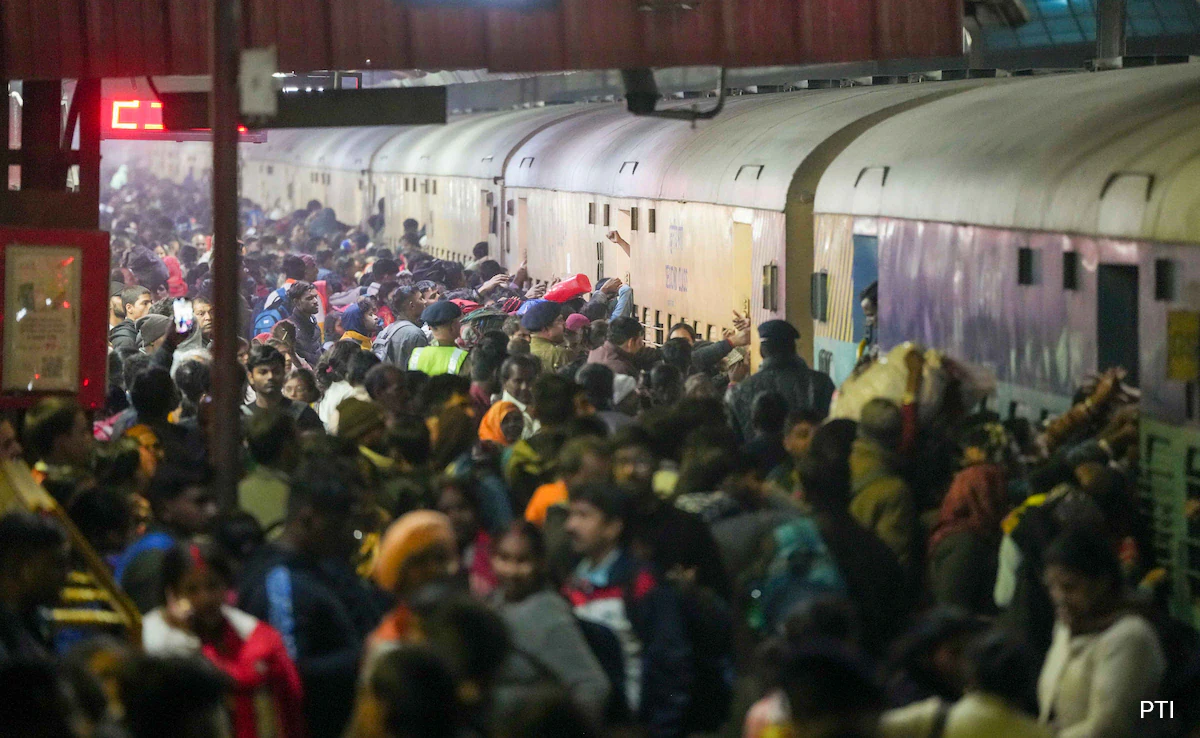
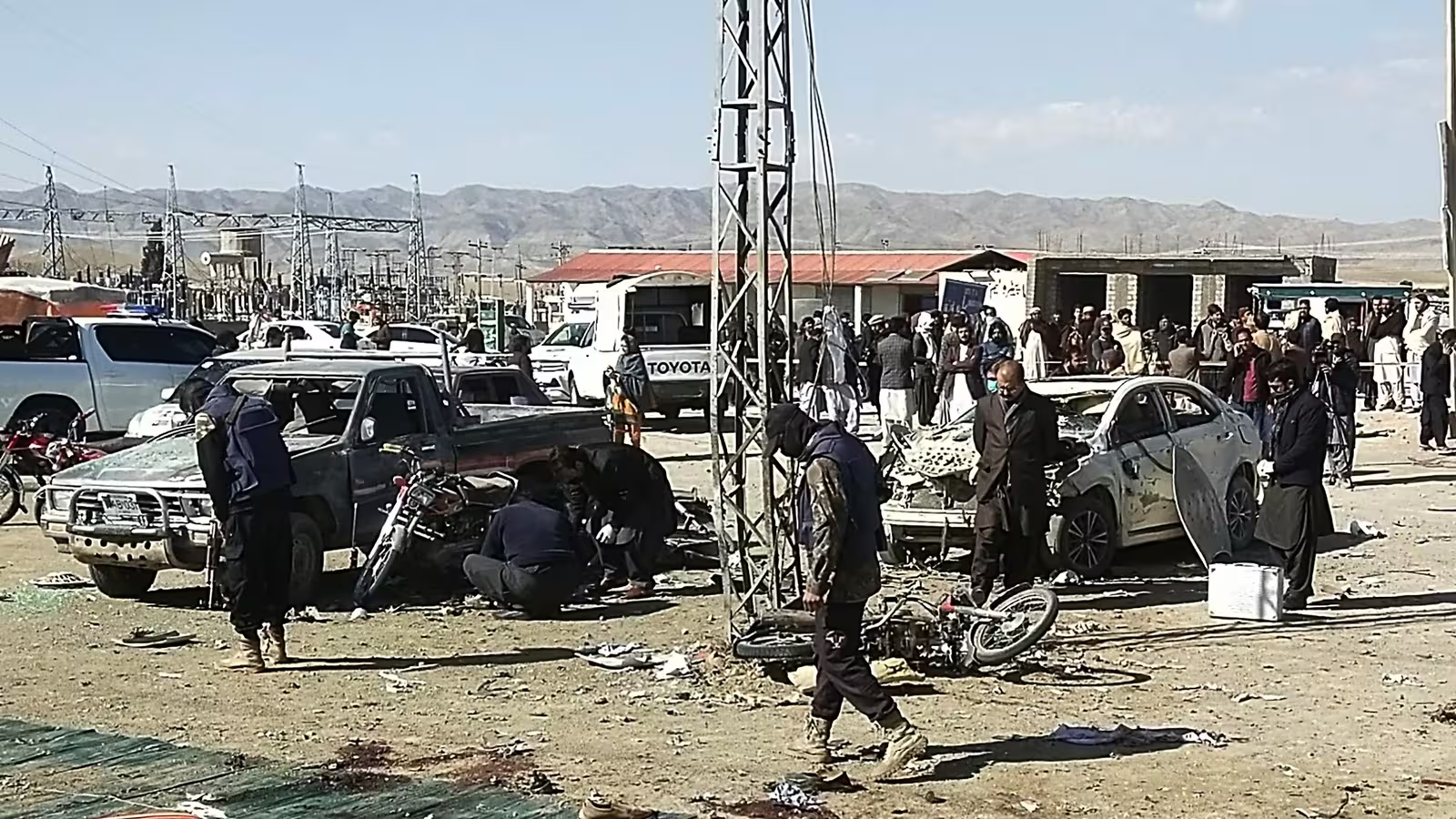



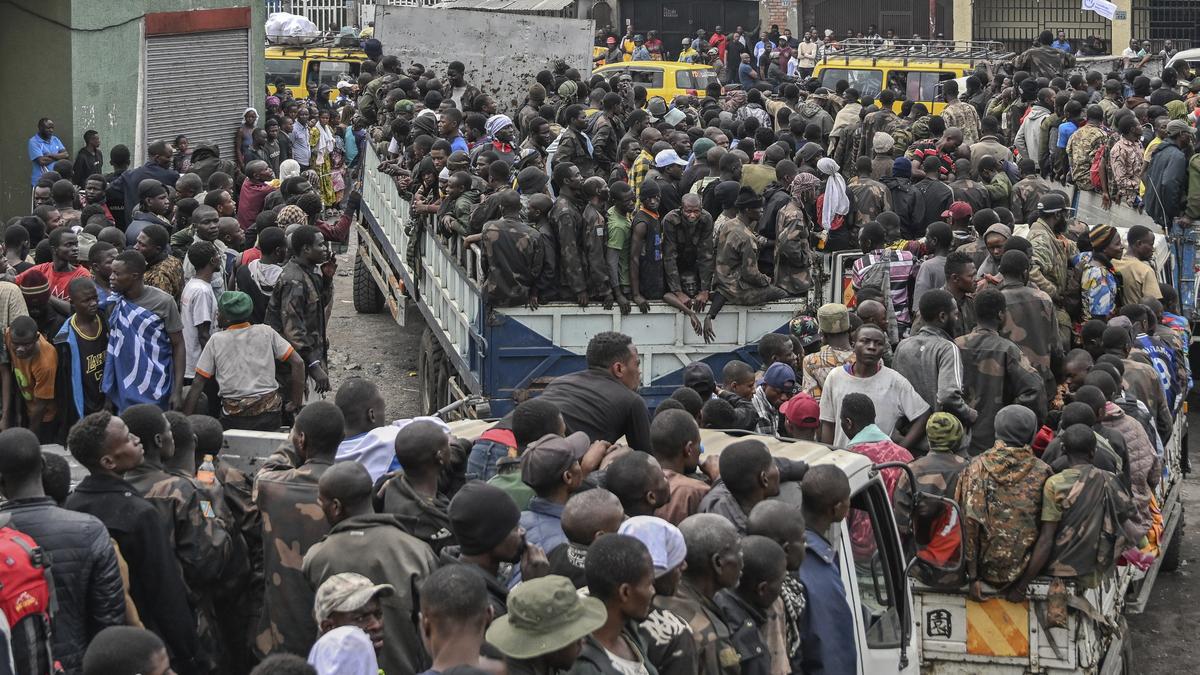
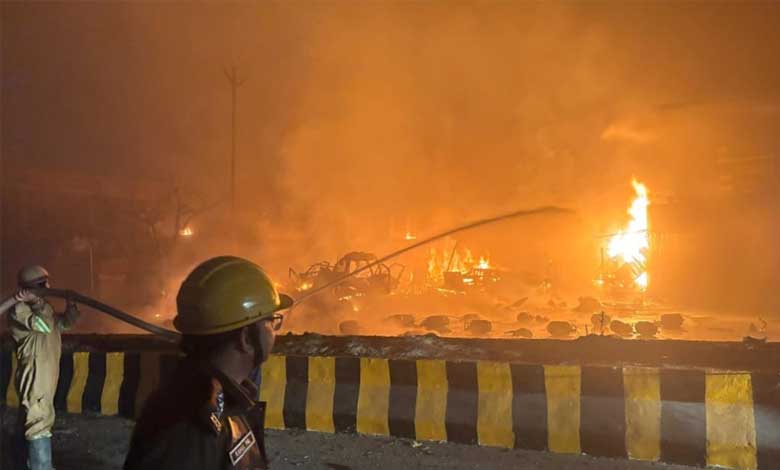




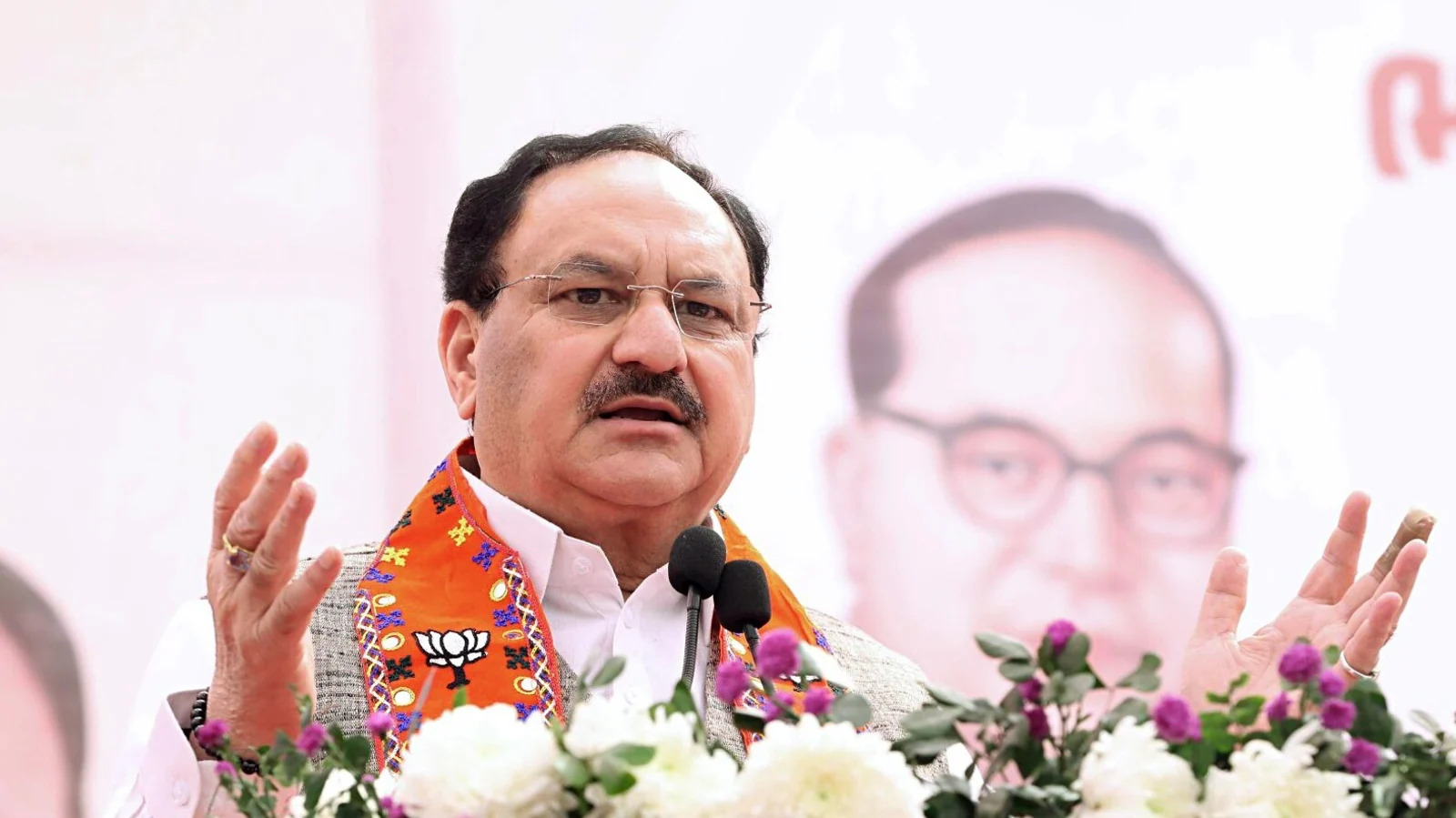






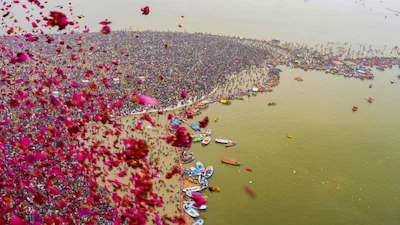
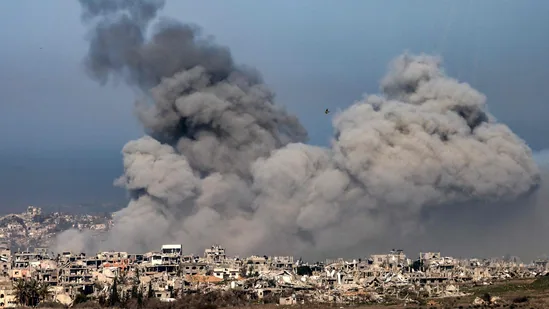
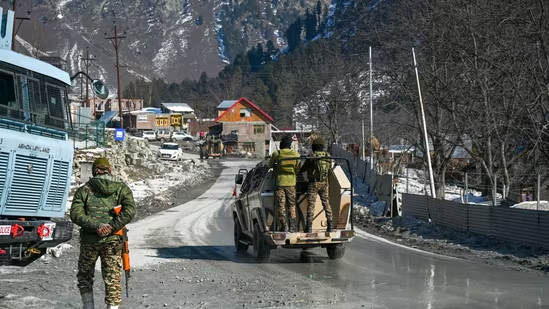

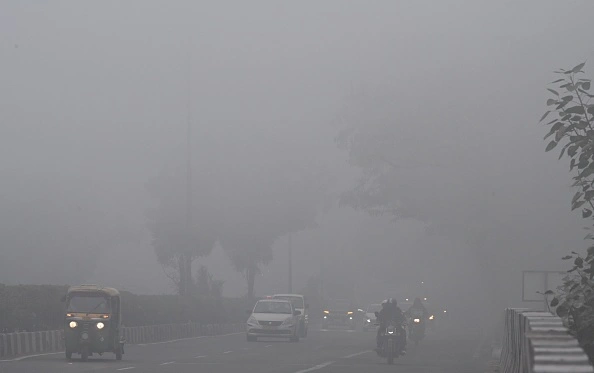

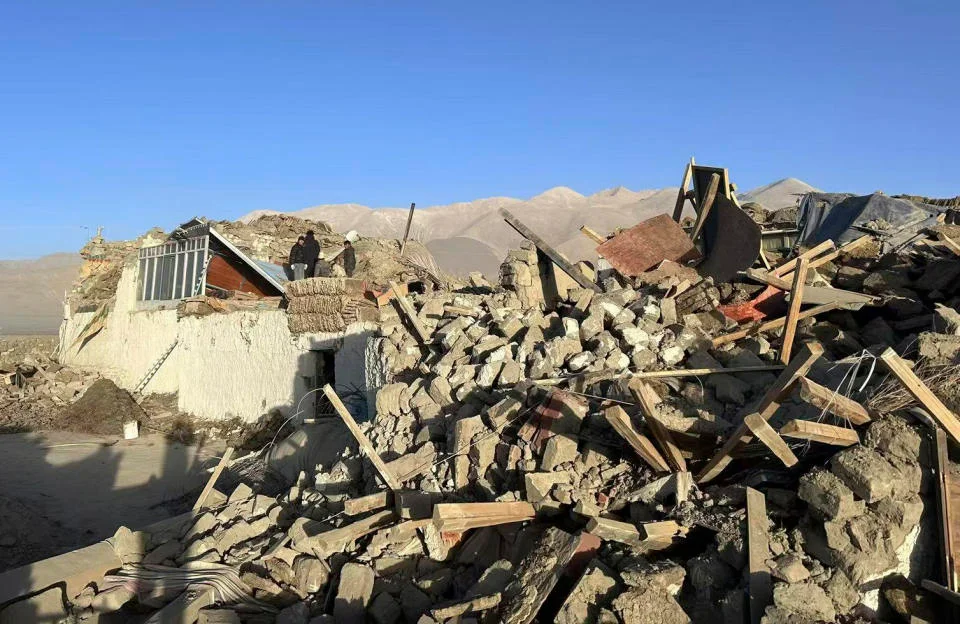



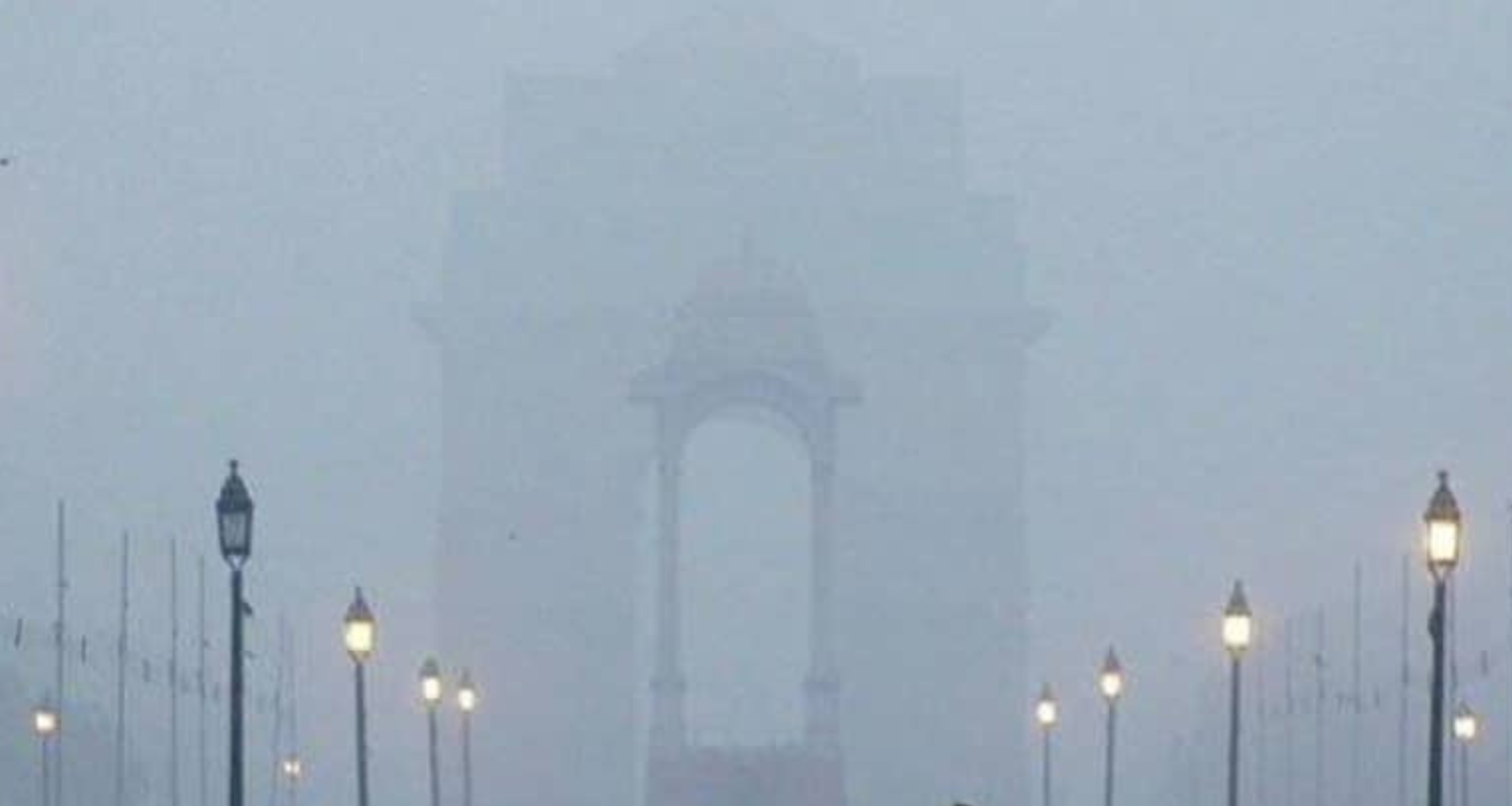
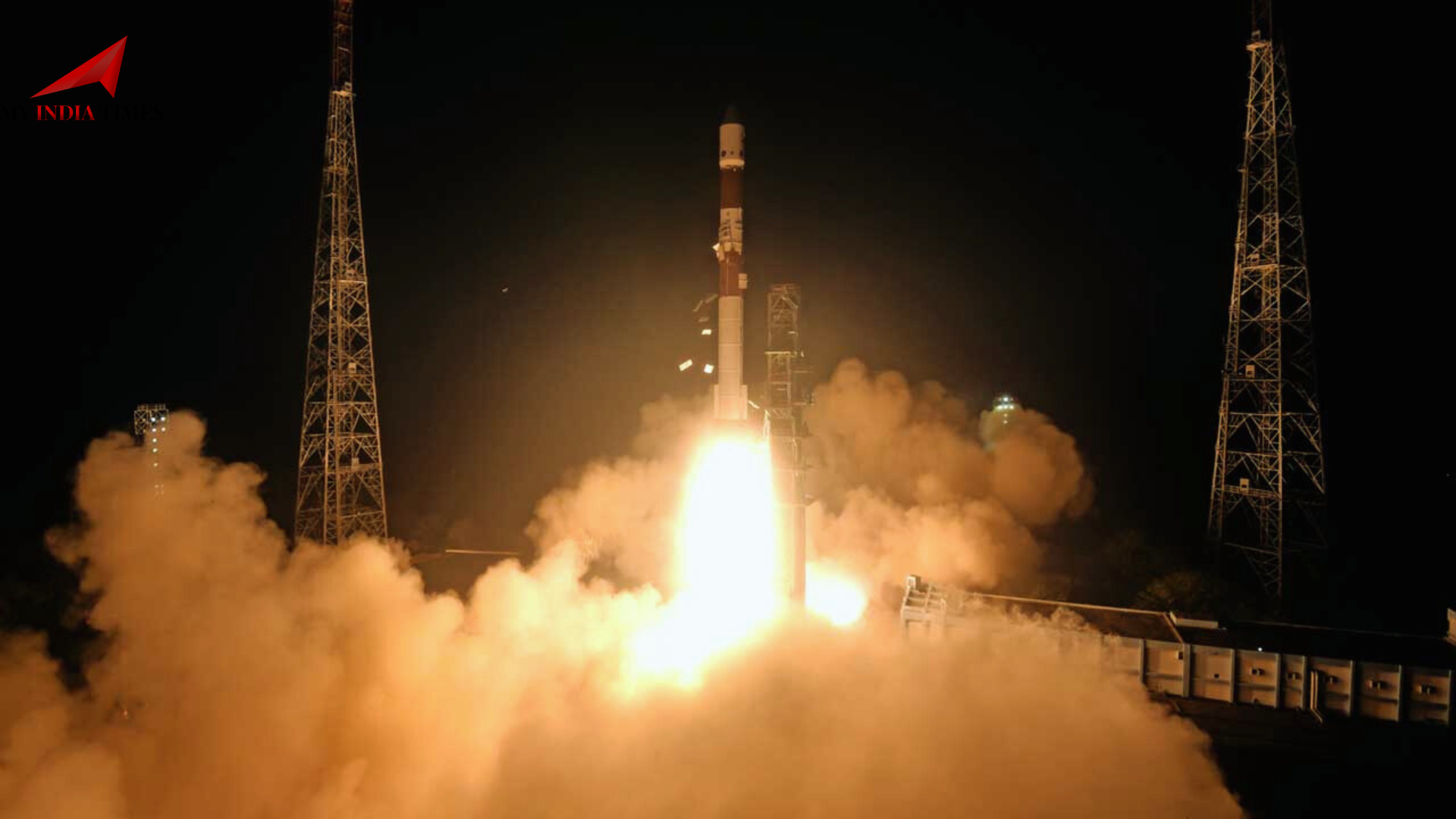
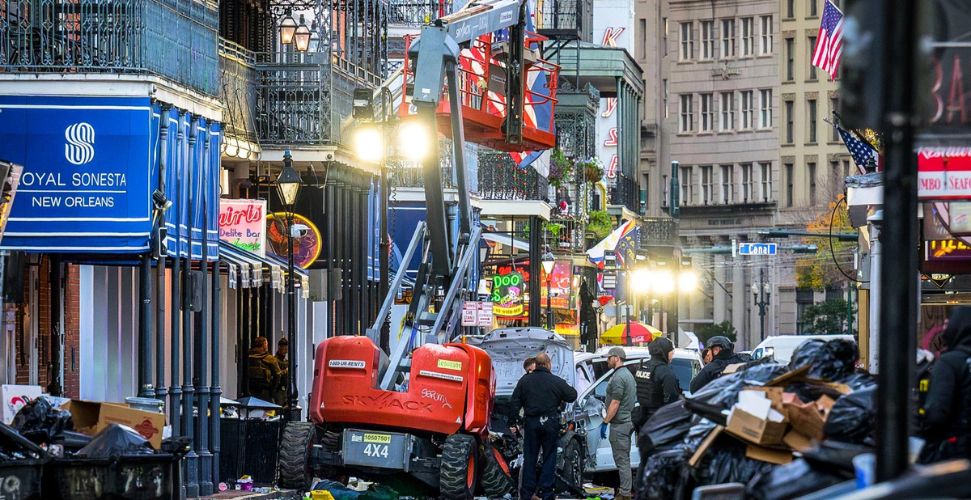


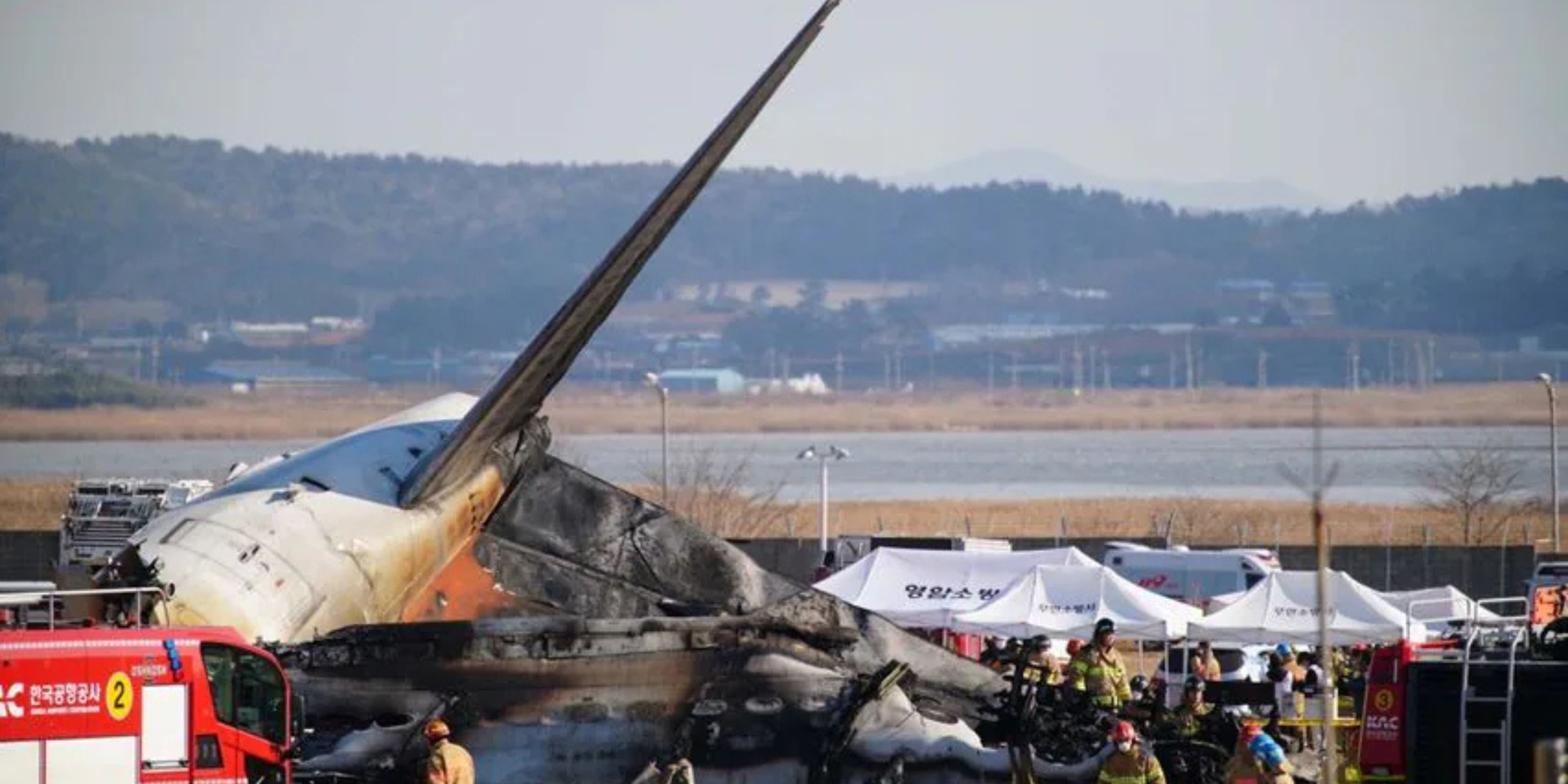




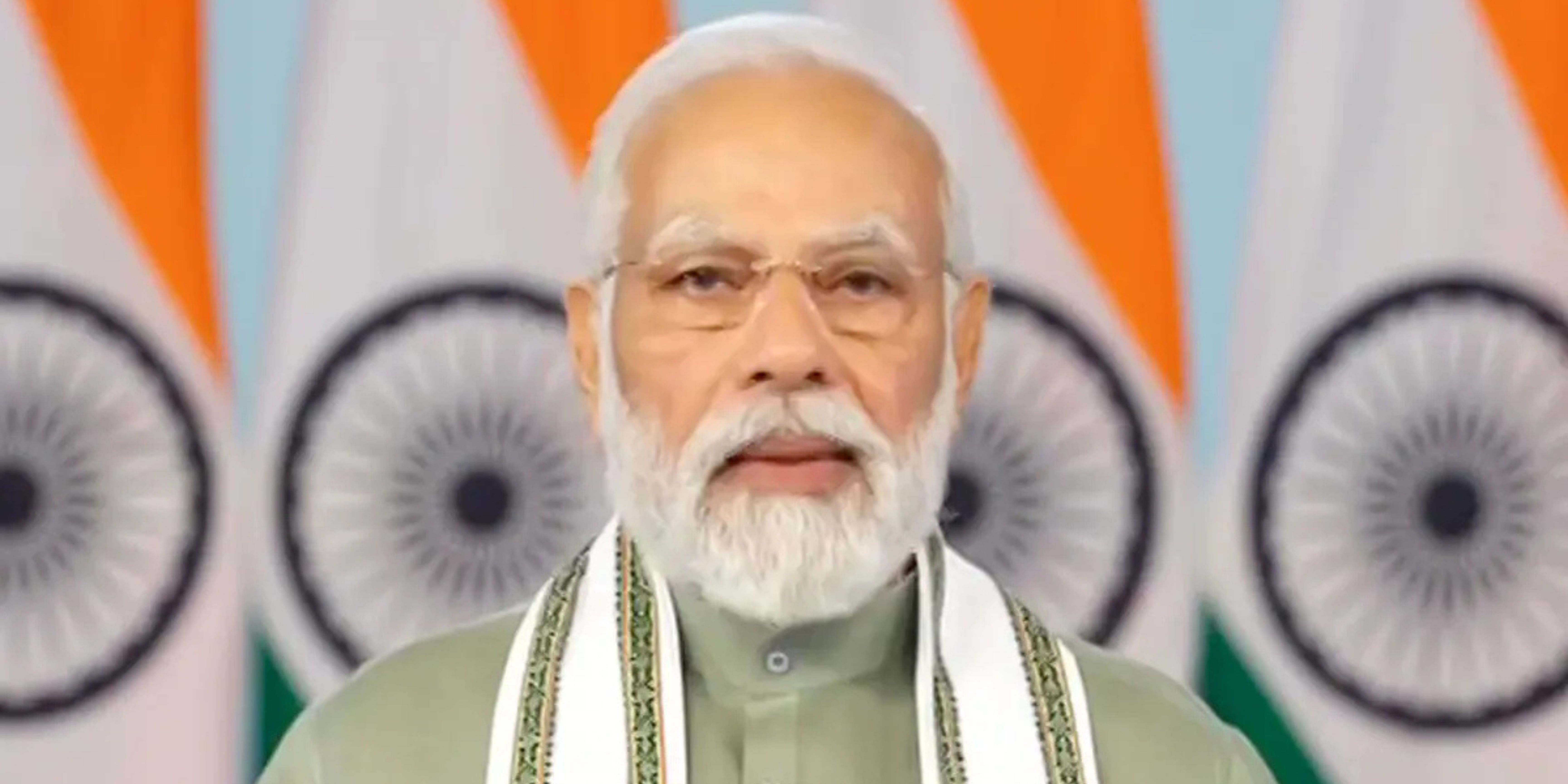





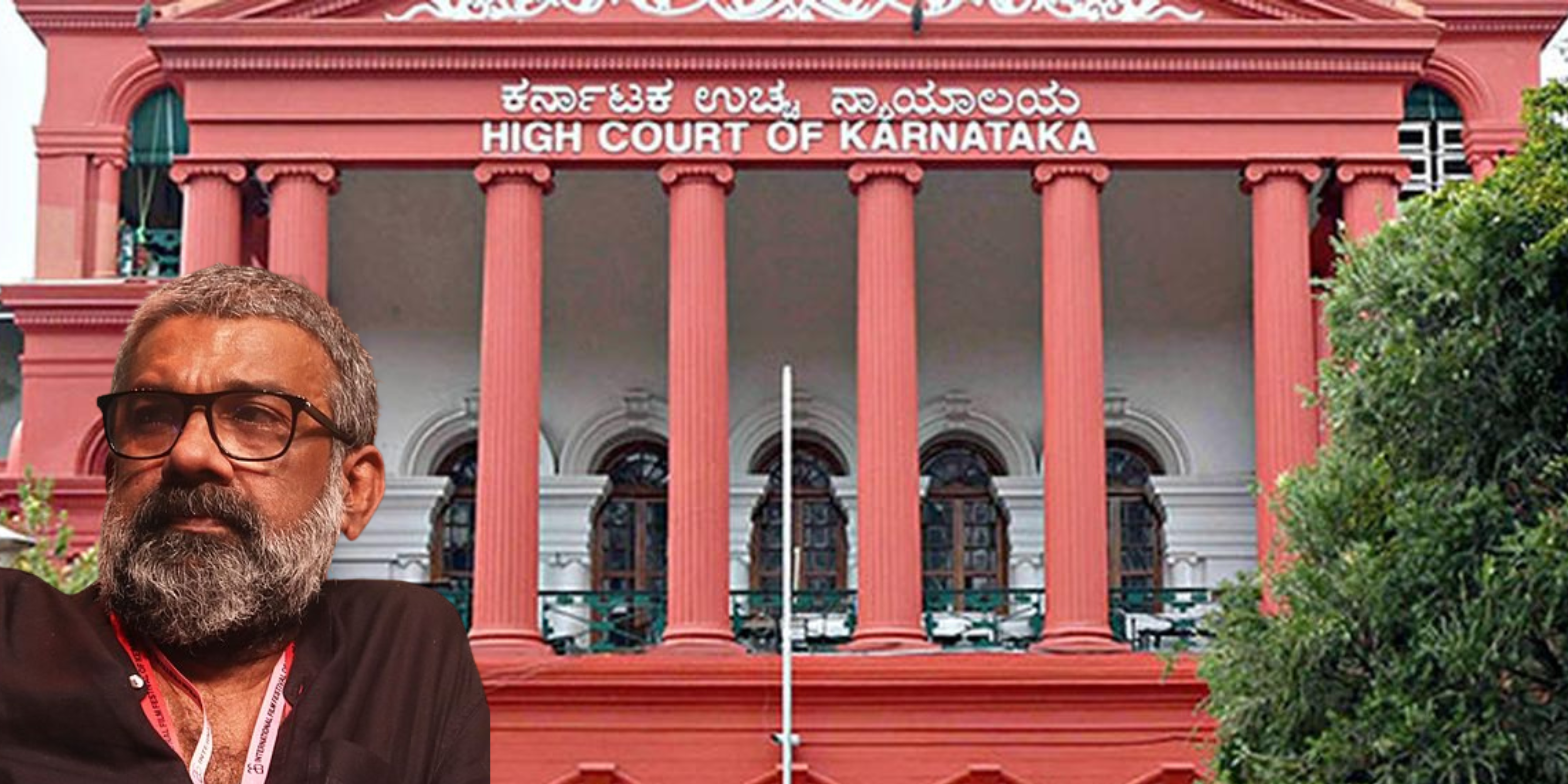
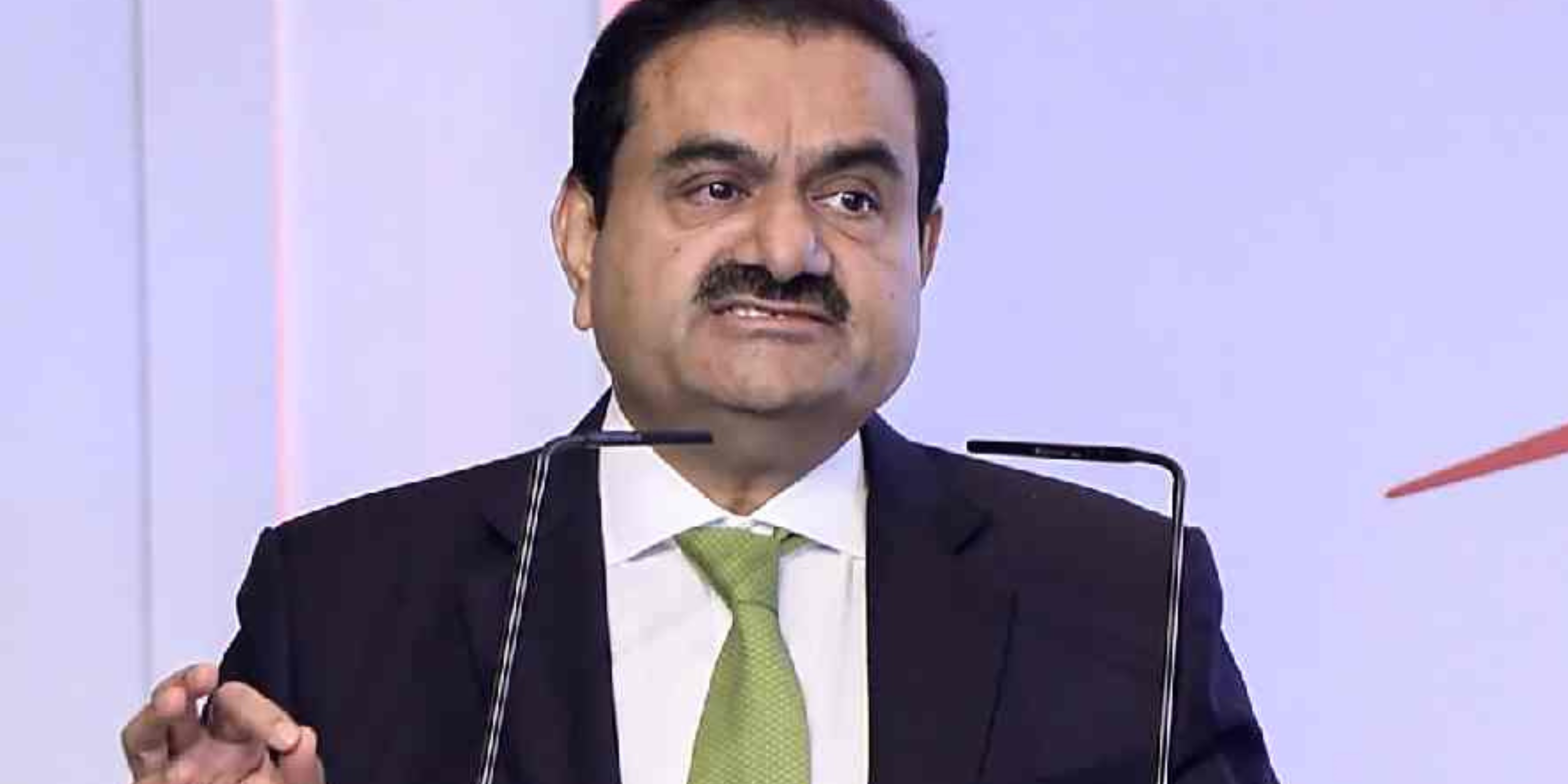

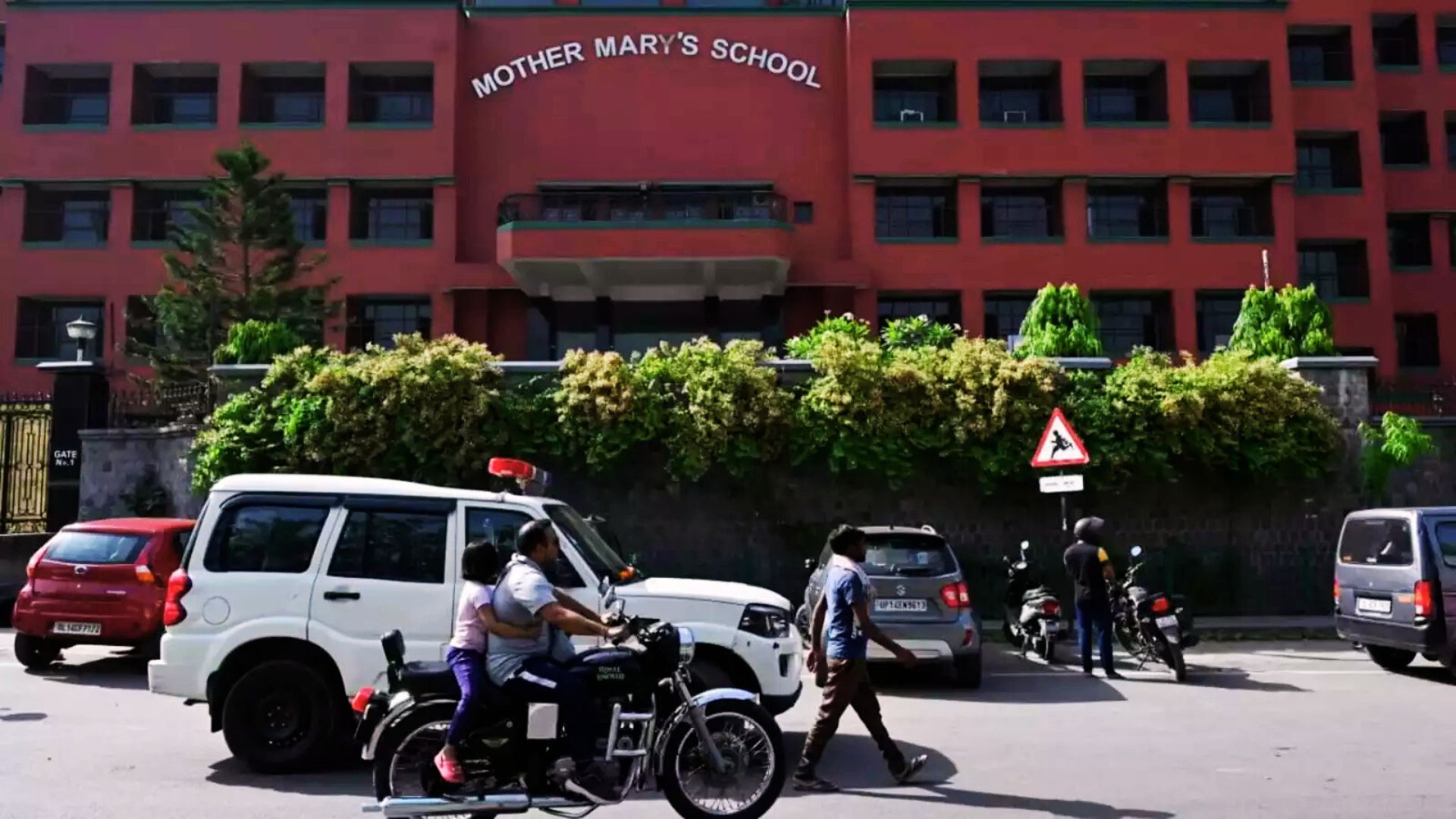

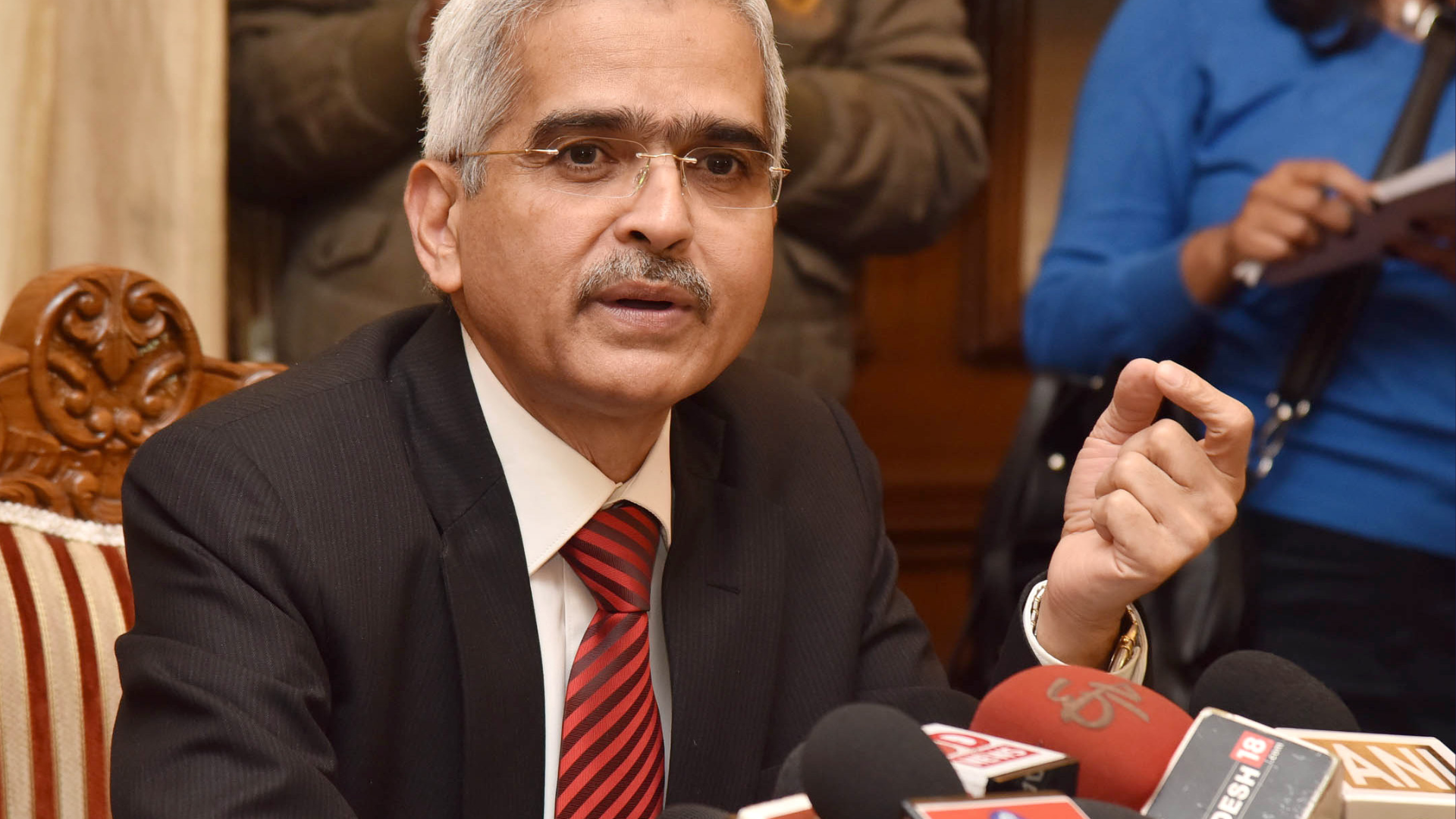
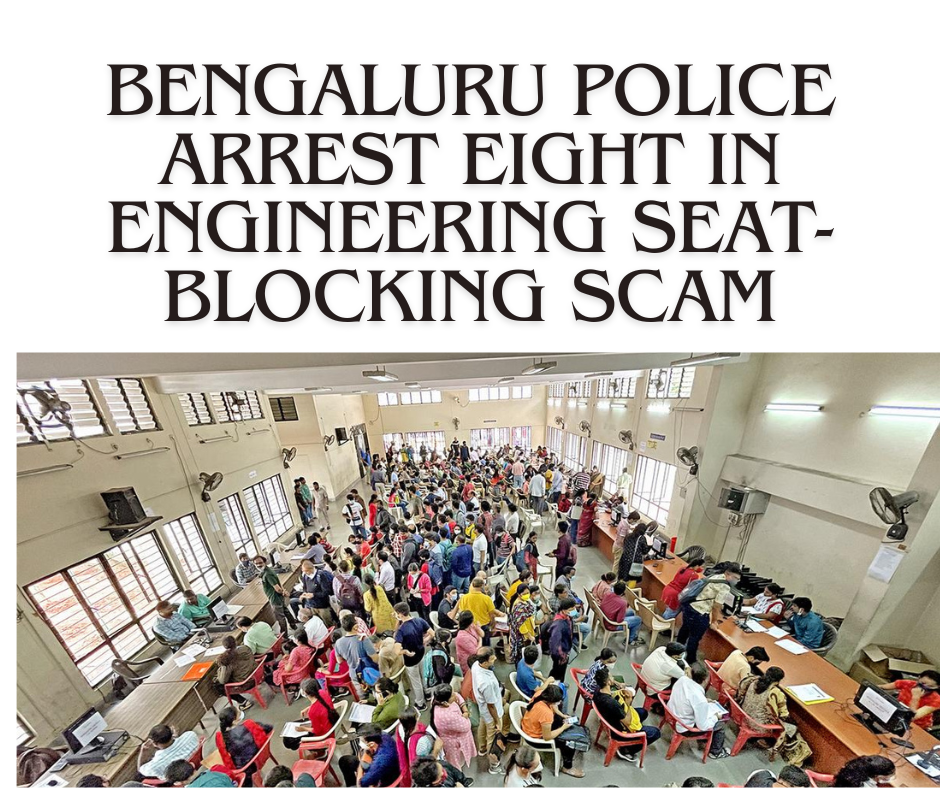

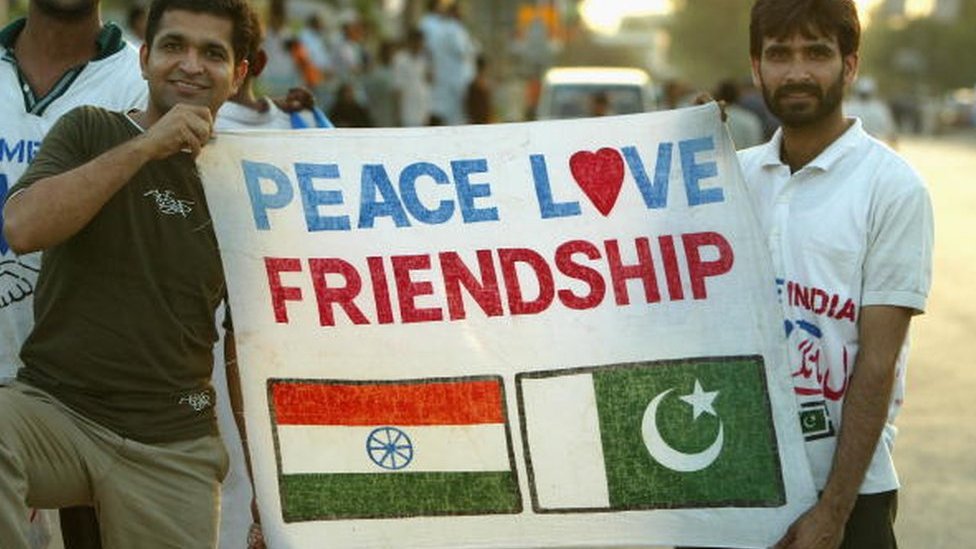
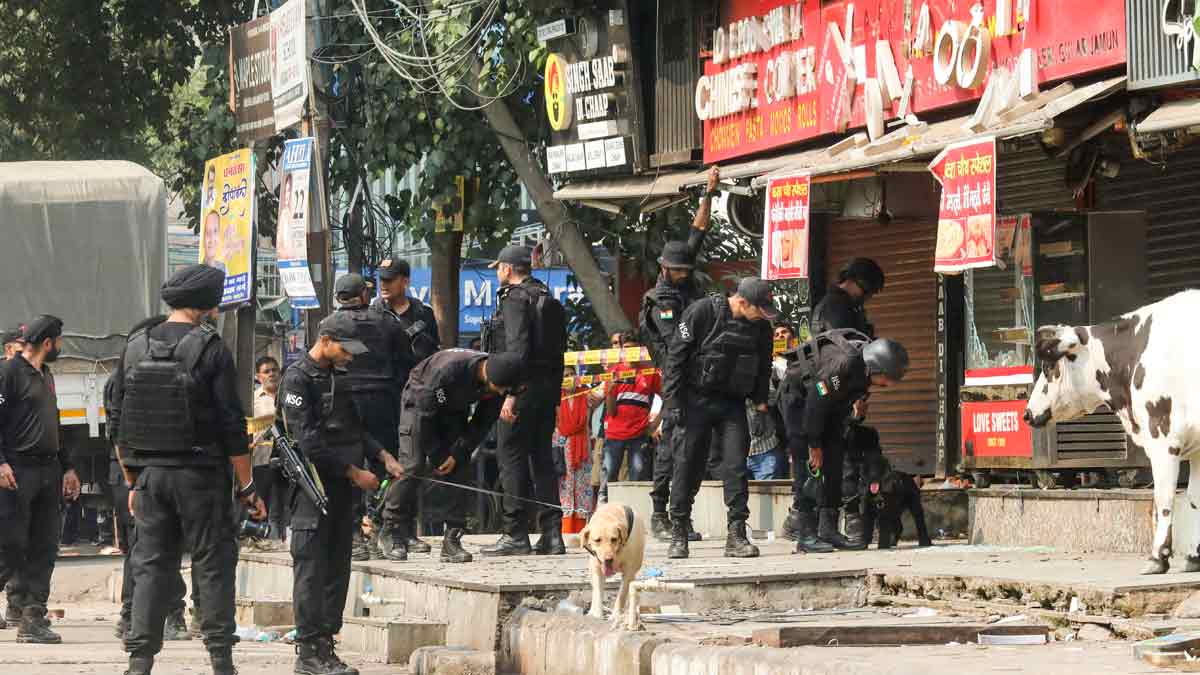
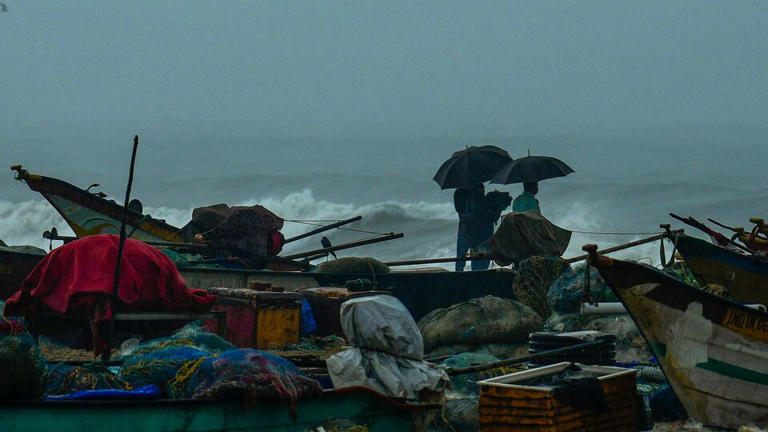

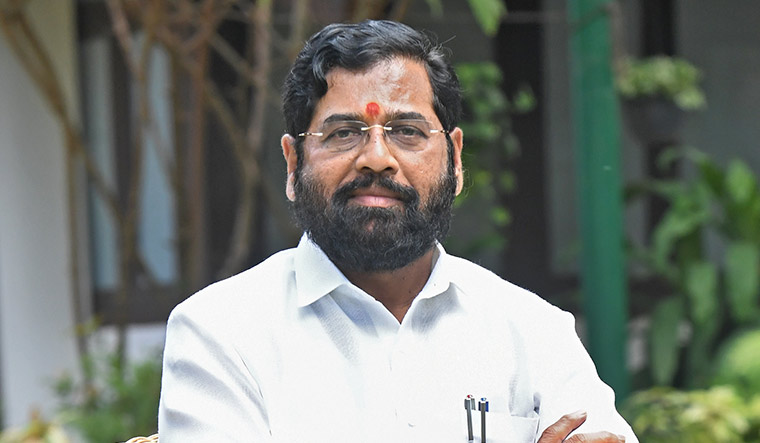
.png)
 (1).png)
